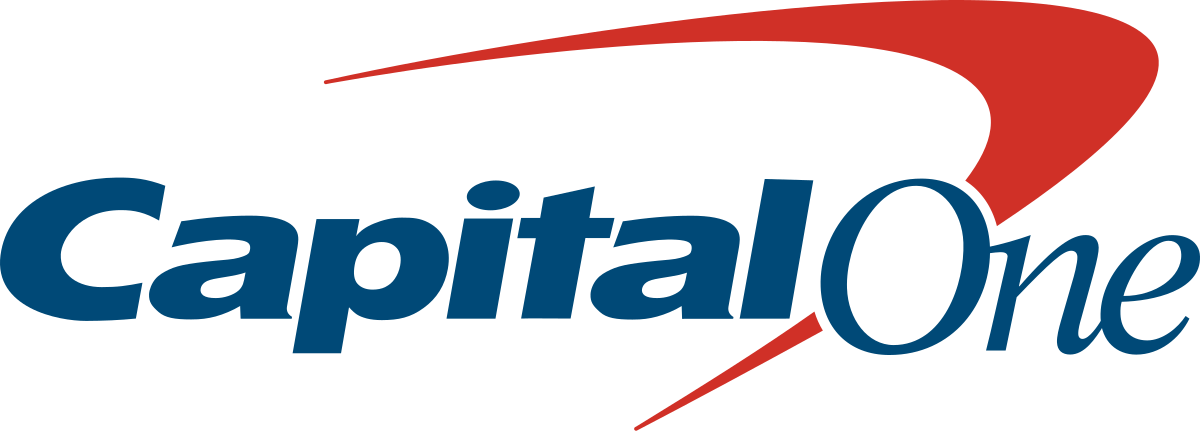Ready to replace that aging desktop APP?
Even if you don’t consider yourself a “software company”, we can help you develop a cross-platform web application that is light weight, low cost, and built using the latest tools and techniques.
Why choose Lorvenk as your Web App Development Partner?
You get working software in a matter of weeks, not months, using a proven Agile development process honed over many software projects.
You can save tens of thousands on licensing, hosting, and maintenance costs by choosing our lightweight, low-cost toolset over a traditional on-premises stack.
You can be confident in our team of industry veterans who have worked together for over 5 years on average.
You’ll enjoy working with our “Smart + Fun” team; our customer satisfaction scores are 43% higher than the average consultancy!
Why Web Apps Win Out Over Desktop Applications
Accessibility
Web applications can be accessed from anywhere in the world. Remote and distributed teams are quickly becoming more popular thus increasing the importance of having global reach with software.
Rapid Development
Many web applications look and feel the same, and for a good reason. Users want and expect certain behavior based on their experience with other web applications. At Lorvenk, we use tools and frameworks created by the open-source community to replicate standard and expected behaviors which allows us to rapidly kick-off new projects.
Minimal Install
A browser is the only piece of software the user will need to install, and it would be difficult to find a modern PC, Mac, or mobile device that doesn’t already have one installed. This is vital if you are producing an application for users outside of your organization; the average user does not want to download and install applications on their devices.
Simplified Maintenance
Updates to desktop applications require re-installation on all machines that run the software. In a 1,000 person organization it can become quite tedious and expensive. Web applications only need to be updated on the servers that host the application.
Reduced Costs
The advantages listed above all lead to overall lower costs of development and on-going maintenance of web applications over traditional desktop software.
Cross-Platform
Traditional desktop applications target only Windows, and likely only a select few of Windows versions (XP, 7, 8, and 10). Web applications are not bound by these limitations, and can be used on Windows, Mac, Unix. Additionally, web based mobile apps are becoming an increasingly popular mechanism to support mobile devices without building multiple applications for each of the mobile platforms (iOS, Android, and Windows).
Our Go-To Tech for Web Applications
Lorvenk develops web applications for clients using a variety of technologies. We have also expertise with all of the popular JavaScript frameworks. This allows us to produce rich user experience within a web browser that work on a modern browsers and mobile devices.
Additionally, we maintain an internal web development app that we use to train, practice, and keep our skills on the leading edge of the technology curve.
Interested in learning more about the technologies we use when building modern web applications?
Lorvenk has built a number of web and mobile apps for clients using the Microsoft .NET framework and the Microsoft ecosystem. Ranging from on premise Windows environments to Azure cloud deployments. One of the biggest advantages of Microsoft .NET is its ability to integrate with many of the Microsoft products such as SharePoint, O365, Outlook, Active Directory, and CRM. This can solve many user management and security problems in modern web applications by using the native Windows Authentication support built-in to .NET. We often recommend .NET as a first choice to our clients who are heavy users of Windows, have existing .NET applications, or house their own Windows servers. This can save a fair amount of time, increase overall quality of the application, and allows our clients to squeeze additional value out of existing software licenses.
JavaScript has for a long time been a big component of custom web application development and even more so with the age of Web 2.0/3.0 and HTML 5 technologies. It is now becoming increasingly popular as a server-side language instead of what would be traditionally a .NET or Java backend when building web and mobile applications. This approach is often referred to as “Full-Stack JavaScript” because JavaScript is used on the front-end (browser), back-end (server), and potentially the database via NoSQL databases such as MongoDB and RethinkDB. Lorvenk takes advantage of Node.js to create a variety of solutions for clients ranging from minimal viable products (MVP) to fully-featured web applications. Node.js also lends itself very well to building micro-service oriented applications and augmenting existing applications with new functionality. The lightweight and portable nature of Node allows it to be deployed to both Windows & Unix environments and is supported by all of the major cloud providers (AWS, Azure, and Google). Additionally, web application development companies such as Heroku, Firebase, and Parse allow for rapid development and deployment of Node applications.
What is React?
A JavaScript Library
First and Foremost: React is a JavaScript Library. Even if some call it a framework, it is NOT. It is ONLY a view layer. What is the purpose of the library? To build User Interfaces. React presents a declarative, component-based approach to UIs, aimed at making interfaces that are Interactive, stateful, and reusable. It revolves around designing your UI as a collection of components that will render based on their respective states.
Paired with XML Syntax
React is also often paired with JSX or JavaScript XML. JSX adds XML syntax to JavaScript, but is NOT necessary in order to use React. You can use React without JSX, but having it would definitely help make things more clean and elegant.
‘Magical’ Virtual DOM
A distinguishing aspect of React is that uses something magical called ‘The Virtual DOM’. Conceptually, virtual DOM is like a clone of the real DOM. Let’s make the analogy of your DOM being a fancy schmancy new sports car of your choice. Your virtual DOM is a clone of this car. Now, let’s say you want to trick out your sweet new ride with some killer spinny-rims, wicked flames decals on the sides and, the classical cherry-on-top, a pair of fuzzy dice hanging from the rear-view mirror. When you apply these changes, React runs a diffing algorithm that essentially identifies what has changed from the actual DOM (the car) in your virtual DOM (your now-tricked-out clone). Next, it reconciles the differences in the Real DOM with the results of the diff. So, really, instead of taking your car and completely rebuilding it from scratch, it only changes the rims, sides, and rear-view mirror!
Java, PHP, and Ruby are popular programming languages in the Linux enterprise world and start-up community. PHP is also commonly found in applications that are heavily based on or integrate with WordPress. We rarely recommend these technologies to our clients for new projects, but we have provided software audits, rewrites, and assistance with on-going maintenance to those with existing legacy solutions. Lorvenk has helped many organizations stabilize defective applications that were built by small or freelance web application development services.







